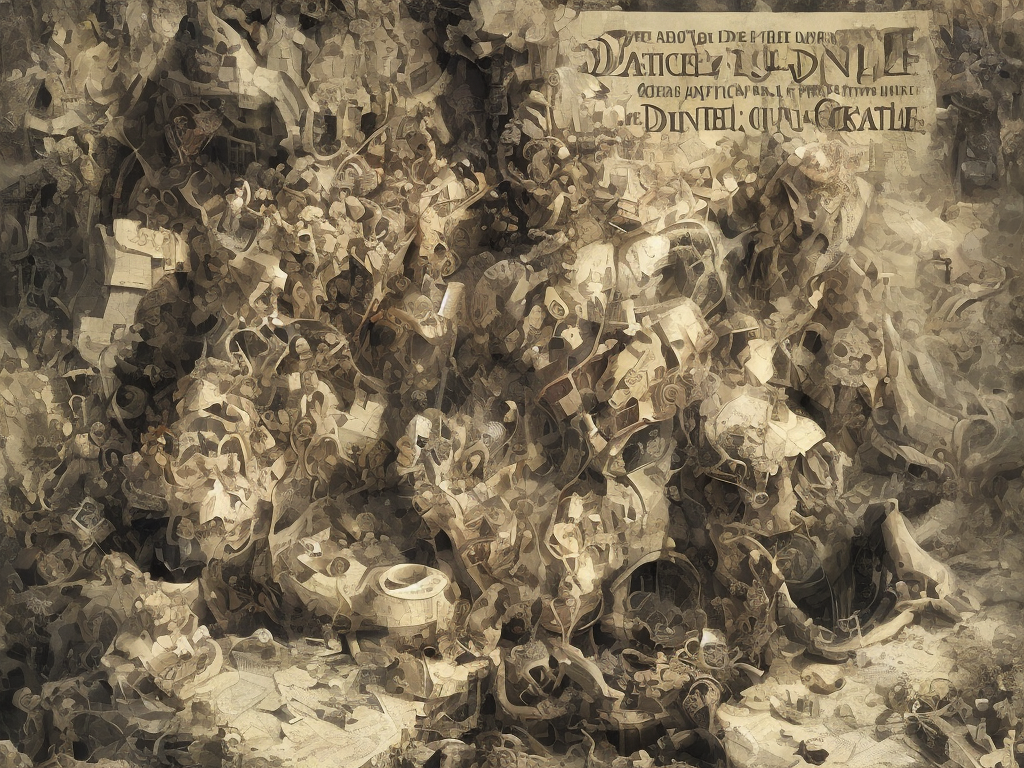
The Difference Between Fiction and Nonfiction
Literature is a vast and diverse realm that encompasses various genres, styles, and themes. Two of the most prominent categories within literature are fiction and nonfiction. While they may seem similar on the surface, they have distinct characteristics that set them apart. This article aims to explore the key differences between fiction and nonfiction, offering readers a deeper understanding of these two genres.
One of the fundamental disparities between fiction and nonfiction lies in their nature. Fiction is an imaginative creation, where authors construct characters, events, and worlds that are not real. It is derived from the Latin word "fictio," which means "a forming or shaping." In contrast, nonfiction derives from the Latin word "non" meaning "not" or "no" and it signifies writing that is based on real-life events, information, and facts.
Another critical distinction between the two genres can be found in their purpose. Fiction is primarily written for entertainment and is often used as a form of escapism. It allows readers to immerse themselves in intricate storylines, experience different emotions, and travel to unexplored realms. Nonfiction, on the other hand, serves to inform, educate, and provide readers with knowledge. It encompasses a wide range of subjects, including history, science, biographies, self-help, and more. Nonfiction aims to shed light on real-life situations, help readers understand the world around them, and broaden their intellectual horizons.
The characters and events in fiction and nonfiction also exhibit contrasting attributes. In fiction, characters are entirely the product of an author's imagination. Writers have the liberty to create characters with unique personalities, backgrounds, motivations, and flaws. These characters can be relatable, fantastical, or even a blend of both. Similarly, the events in fiction can take place in any setting, time period, or even alternate realities. They are not bound by the restrictions of reality or historical accuracy.
On the other hand, nonfiction relies on real people, events, and facts. Characters in nonfiction are real individuals who have lived or are living, and they are portrayed as accurately as possible. Their life stories, accomplishments, challenges, and experiences are documented within nonfiction books, providing readers with a glimpse into their lives and the impact they have had on history or society. Moreover, nonfiction events are based on historical occurrences, scientific discoveries, or personal accounts, ensuring that the narrative remains firmly rooted in reality.
The storytelling techniques employed in fiction and nonfiction also distinguish the two genres. In fiction, authors use literary devices such as dialogue, description, plot, and symbolism to weave a captivating narrative. These techniques add depth and complexity to the story, drawing readers into the fictional world. Fictional narratives often follow a structured plot progression, with a beginning, middle, and end, building suspense and resolving conflicts along the way.
Nonfiction, on the other hand, focuses on presenting information and facts in a clear and concise manner. Authors use research, evidence, and references to support their claims or convey knowledge. Nonfiction can be presented in various formats, including essays, memoirs, textbooks, and journalistic pieces. The emphasis in nonfiction lies on accuracy, reliability, and conveying information in a coherent and logical way.
Additionally, the emotional impact of fiction and nonfiction differs significantly. Fiction often evokes a range of emotions in readers, such as joy, sadness, fear, excitement, or empathy. Through the characters' experiences, readers can explore different aspects of the human condition and connect with their own emotions on a deeper level. Nonfiction, while it can also elicit emotional responses, predominantly seeks to inform and educate rather than evoke deep emotional reactions.
Moreover, the intent of the author differs between fiction and nonfiction. In fiction, an author aims to engage readers, entertain them, and provoke thought through their artistic expression. They have the liberty to create worlds, characters, and scenarios that reflect their imagination, beliefs, and aspirations. Nonfiction authors, on the other hand, have a responsibility to provide accurate, well-researched information and present it in a way that is accessible to readers. Their objective is to enlighten and educate readers on specific subjects, often rooted in real-life events and people.
In conclusion, fiction and nonfiction are two distinct genres of literature with notable differences in nature, purpose, characters, events, storytelling techniques, emotional impact, and author intent. While fiction immerses readers in imaginary worlds and allows them to disconnect from reality, nonfiction informs and educates, offering insights into real people and events. Both genres have their own merits, and readers find enjoyment and enrichment in both realms. Understanding the differences between fiction and nonfiction allows readers to navigate these genres more effectively and appreciate the unique experiences they offer.
 Self-Instruct
Self-Instruct